Harry Vardon: Golf's First Superstar
Harry Vardon was a six-time Open Champion, a pioneer of technique and professionalism and a true fighter. He transformed the game of golf.


In 1878, Royal Jersey Golf Club was established in Grouville, Jersey. For families struggling after the decline of the wooden shipbuilding industry on the island, the club presented a much-needed opportunity to make a little money. Phillip Vardon recognised this and sent his eldest son Harry, then just eight years old, to offer his services as a caddie. It was either that or menial labour, so Harry was happy to opt for carrying clubs.
He became fascinated by the game, watching the swings of the ‘gentlemen’ and studying their techniques and tactics. He fashioned himself a club and began hitting shots, imagining he was playing, and winning, some great championship somewhere. Ten years down the line, the daydream wouldn’t seem so fanciful.
After a few years working in domestic service, Harry took a job as an apprentice gardener for a Major Spofforth, a member at Royal Jersey. The Major caught Harry swinging one of his clubs, but there was no reprimand as the Major could recognise talent. After getting him to hit a few balls on the links adjacent to his garden, it was clear to the Major this was a champion golfer in the making, and that he had found himself a handy new partner for matches in which a small wager was generally on the line.
Harry and the Major saw off all the competition that Jersey had to offer and Harry’s game was constantly improving. After receiving word that his brother, Tom, had begun to win money in tournament golf on the mainland, Harry made the journey across the channel.
He took a job as greenkeeper at a nine-hole course on the private estate of the Earl of Ripon and later as the resident professional at a nine-hole club in Lancashire. He began winning money in low-stakes matches around the country.
At that time, professional golfers were second-class citizens – working class and lowly paid, they were viewed and treated as tradesmen. It would be many years before a professional was even allowed into a clubhouse. But Harry wasn’t particularly bothered at that stage about his social standing: he wanted to be a champion golfer.
Honing his game and technique
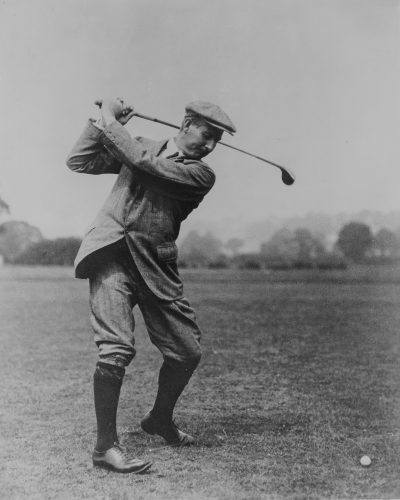
He practised supremely hard, developing a swing unlike those that had come before – he created a wide arc and was incredibly smooth through the strike. He gripped the club differently, too. Most professionals at the time adopted a split-hands baseball grip, but Harry put his hands together on the club, overlapping his right little finger across his left index finger. The method fairly quickly became known as the ‘Vardon grip’.
Get the Golf Monthly Newsletter
Subscribe to the Golf Monthly newsletter to stay up to date with all the latest tour news, equipment news, reviews, head-to-heads and buyer’s guides from our team of experienced experts.
Although he didn’t win The Open Championship on his first three attempts, he did catch the eye of the top players. The great man, Old Tom Morris, complemented Vardon on his game at Prestwick in 1893 and, owing to his fluid action, his fellow professionals began to call him ‘The Stylist’.
The first of Harry’s six Open titles came at Muirfield in 1896. In testing conditions, he tied with defending champion and great rival JH Taylor through 72 holes (36 per day) and forced a 36-hole play-off. Incredibly, that play-off had to wait a day as both men were committed to a 36-hole tournament at North Berwick the day following The Open. Taylor won that one after a nine-hole play-off and the extra exertion perhaps cost him, as Vardon took his first Open title by four shots. Taylor had played 153 holes of competitive golf in four days.
Harry didn’t play his best golf at Hoylake in 1897 but was back to winning ways at Prestwick in 1898. After a ding-dong battle with two-time champion Willie Park Jr, Vardon eventually triumphed by a single shot.
He won again in 1899, more comfortably on that occasion, by five shots at Royal St George’s.
The Vardon Flyer
By the end of the 19th century Vardon was recognised as the pre-eminent golfer and one of the top sportsmen in the world. At the start of 1900, Vardon accepted an offer from Spalding to undertake a ten-month publicity tour of the USA to promote its new golf ball – ‘The Vardon Flyer’. It was worth a fortune to Harry, who was reportedly paid $2,000 by Spalding. But, by the end of the year, thanks to the exhibition matches and tournaments he played in, he had pocketed more than $20,000.
His American tour was a resounding success. He played 88 matches in total and lost just once. Sometimes three players would take him on using their better ball and Harry still prevailed. He set countless course records as he made his way around the country.
In May, Harry headed back across the Atlantic to defend his Open title. He played well at St Andrews that year, but not well enough to challenge old rival Taylor. The Englishman beat Harry into second place by eight full shots.
Vardon left St Andrews and embarked on another six-day journey back to America. He then resumed his relentless schedule of exhibition matches. One can only imagine how exhausted the 30-year-old must have been by the time it came to the US Open at the Chicago Golf Club held in October 1900.
The fans were excited to see Vardon in action at Chicago GC, but the anticipation was heightened by the arrival of Taylor to compete as well. Vardon was surely less enthused about the presence of the man who had beaten him at St Andrews just months earlier.
But Vardon was now fully versed in the different techniques and tactics required on American golf courses, and although Taylor played well to finish second, it was Vardon who triumphed.
Back this side of the pond by the end of 1900, Vardon returned as a conquering hero.
The arrival of the Haskell wound ball at the start of the 20th century revolutionised the game and allowed players to hit it far greater distances. Harry was reluctant to convert, just as Allan Robertson had been determined not to turn away from the ‘featherie’ 50 years earlier. But Harry was fighting an irrepressible tide and, with opponents benefiting from the new technology, he was forced to follow suit.
He was also up against new rivals. James Braid was the same age as Vardon, but he didn’t find his best game until he was into his 30s. The powerful Scot won The Open of 1901 and would win four more in ‘05, ‘06, ‘08 and ‘10. Braid and Vardon, together with Taylor, would come to be known as the ‘Great Triumvirate’. Another Jerseyman, Ted Ray, looked quite a prospect too, able to hit the ball prodigious distances – he would win The Open Championship of 1912 and the US Open of 1920.
Health Issues
The biggest hurdle for Harry at this point, however, was his health. It had been deteriorating for some time leading up to the 1903 Open at Prestwick. Despite battling exhaustion and coughing up blood into a handkerchief, Harry shot rounds of 73, 77, 72 and 78 to win by six from his brother Tom. He was so weakened by the effort that he returned to his home in London broken. He convalesced for a few weeks and then attempted a round at South Herts. He made it halfway before a coughing fit struck and he brought up a huge amount of blood. After being carried off the course and put to bed, a doctor took little time to diagnose tuberculosis.
Vardon spent eight months at the Mundesley Sanatorium in Norfolk. He would never fully recover from the illness and it introduced an involuntary twitch into his right hand which he battled through the remainder of his career.
But he was a tenacious and determined character and would continue in that vein. He was back to play The Open the following year and he confounded most expectations, save perhaps his own, by leading through two rounds. Although he faded to fifth place, it was quite a performance from a man who had been enfeebled by illness just months before.
Vardon continued to fight ill health and his twitchy hand, but he managed to collect two further Open titles. In 1911 he beat Frenchman Arnaud Massy in a play-off and then in 1914, at the age of 44, he came through a great tussle with old rival Taylor to claim a record sixth Open victory – no player has ever matched that tally.
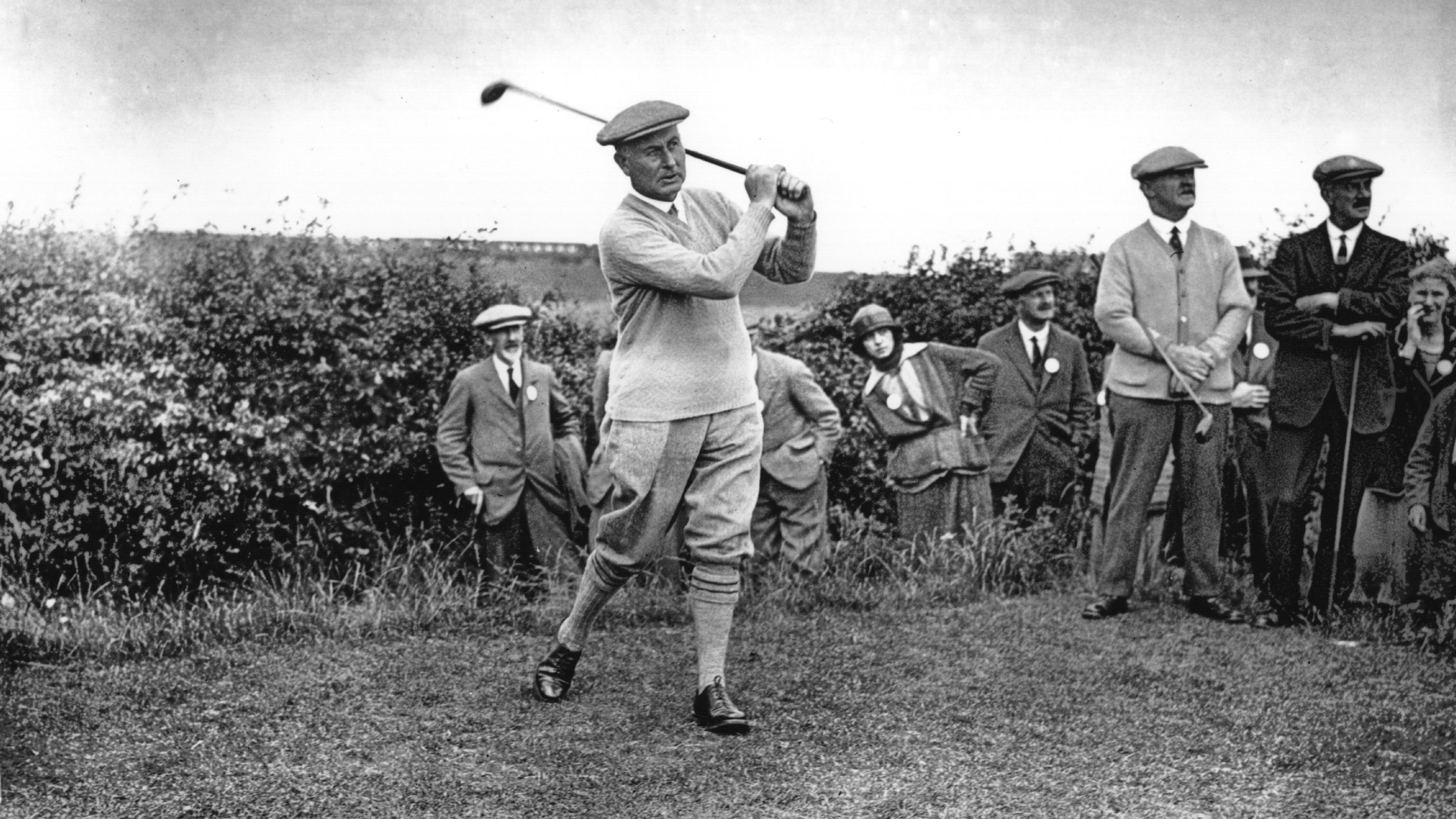
And there would be two further chances Stateside. In 1913, Vardon was beaten in a play-off for the US Open by the young amateur Francis Ouimet and, in one of his most incredible performances, he finished runner-up in the US Open of 1920, one shot behind fellow Jerseyman Ted Ray. Twenty years after he’d won the title and at the age of 50, he so nearly won again, but his twitchy hand caught up with him and he three-putted three of the last five holes to fall just short of a historic triumph.
Harry recorded one more Open top ten – a tie for 8th at St George’s in 1922. Closing with rounds of 74 and 75, the 52-year-old Vardon finished just seven shots behind winner Walter Hagen.
He played his final Open in 1929 and concentrated his final years on his role as club pro at South Herts, but his health was still poor. A combination of the tuberculosis and a lifetime of smoking meant that by the mid-1930s he could barely climb a flight of stairs. It’s likely he was suffering from lung cancer and, on 20th March 1937, he died at home at the age of 66.
In recognition of his great contribution to golf, the PGA of America created the Vardon Trophy to be presented each year to the player with the lowest scoring average. The British PGA’s Harry Vardon Trophy is now presented to the European Tour’s Race to Dubai champion. Vardon was among the first group of players inducted to the World Golf Hall of Fame in 1974.
Harry Vardon spearheaded a new age in professional golf: six times Open champion and a US Open winner, his fame was international and his legacy great. His promotional tour of the USA in 1900 and his rivalry within the Great Triumvirate heightened public interest in the sport and paved the way for later professionals to gain recognition and respect. He inspired a new way of playing the game and even invented a gripping method still favoured over 100 years on. His battle with tuberculosis displayed his incredible determination and will to succeed and he is rightly remembered as golf’s first superstar.

Fergus is Golf Monthly's resident expert on the history of the game and has written extensively on that subject. He has also worked with Golf Monthly to produce a podcast series. Called 18 Majors: The Golf History Show it offers new and in-depth perspectives on some of the most important moments in golf's long history. You can find all the details about it here.
He is a golf obsessive and 1-handicapper. Growing up in the North East of Scotland, golf runs through his veins and his passion for the sport was bolstered during his time at St Andrews university studying history. He went on to earn a post graduate diploma from the London School of Journalism. Fergus has worked for Golf Monthly since 2004 and has written two books on the game; "Great Golf Debates" together with Jezz Ellwood of Golf Monthly and the history section of "The Ultimate Golf Book" together with Neil Tappin , also of Golf Monthly.
Fergus once shanked a ball from just over Granny Clark's Wynd on the 18th of the Old Course that struck the St Andrews Golf Club and rebounded into the Valley of Sin, from where he saved par. Who says there's no golfing god?
-
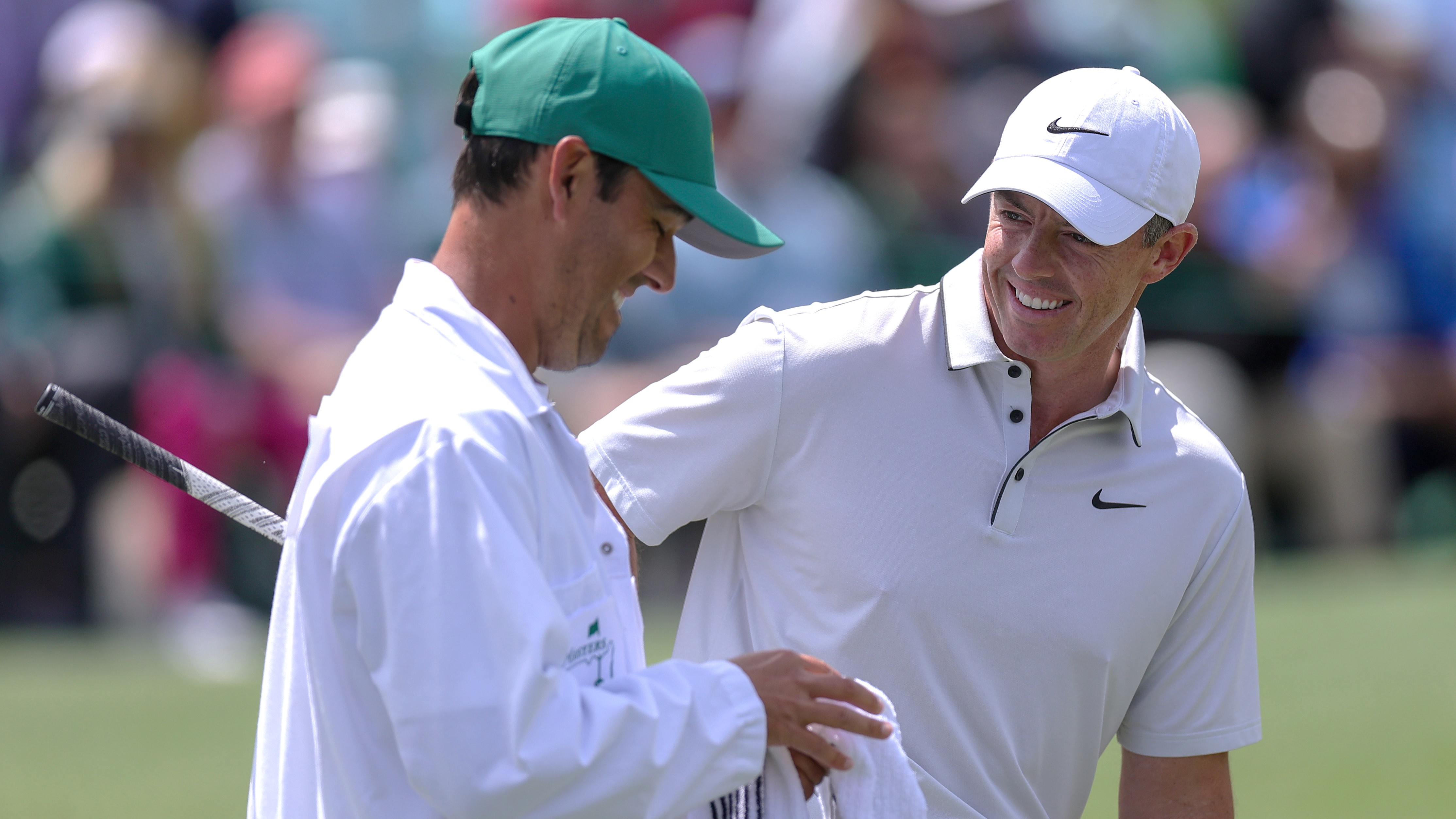 The Masters Final Round: TV Coverage, Live Streams, Start Times As Rory McIlroy Battles Bryson DeChambeau And History
The Masters Final Round: TV Coverage, Live Streams, Start Times As Rory McIlroy Battles Bryson DeChambeau And HistoryAll the info on live streams, TV broadcasts, and free coverage of one of the most hotly anticipated final days of any Major as McIlroy battles with DeChambeau
By Patrick Fletcher Published
-
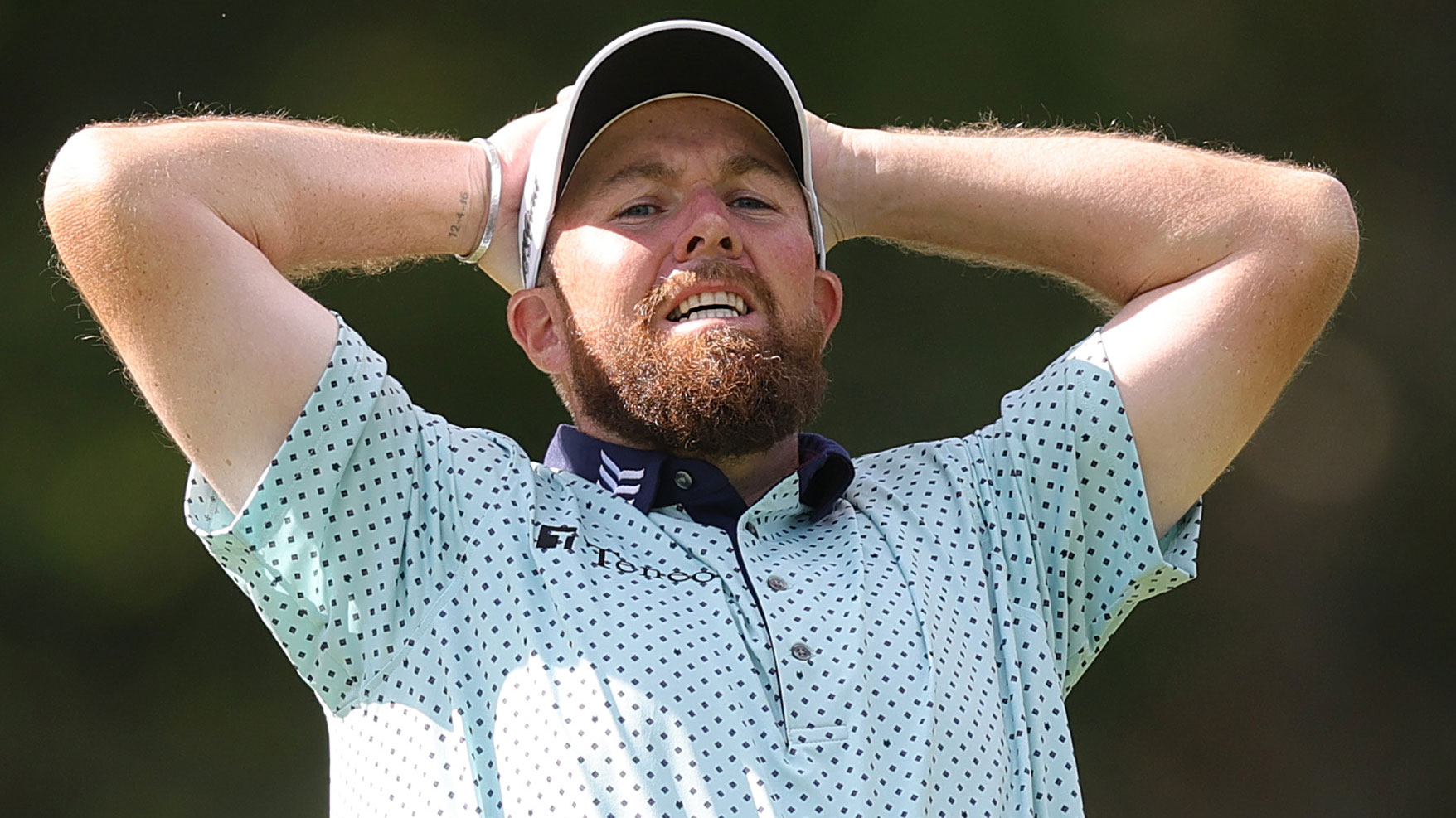 'I'm Not Going To Stand Here And Talk About Rory For 10 Minutes' - Shane Lowry Frustrated After Late Slip
'I'm Not Going To Stand Here And Talk About Rory For 10 Minutes' - Shane Lowry Frustrated After Late SlipThe Irishman spoke to the media after his round, but he was in no mood to discuss about McIlroy
By Michael Weston Published
-
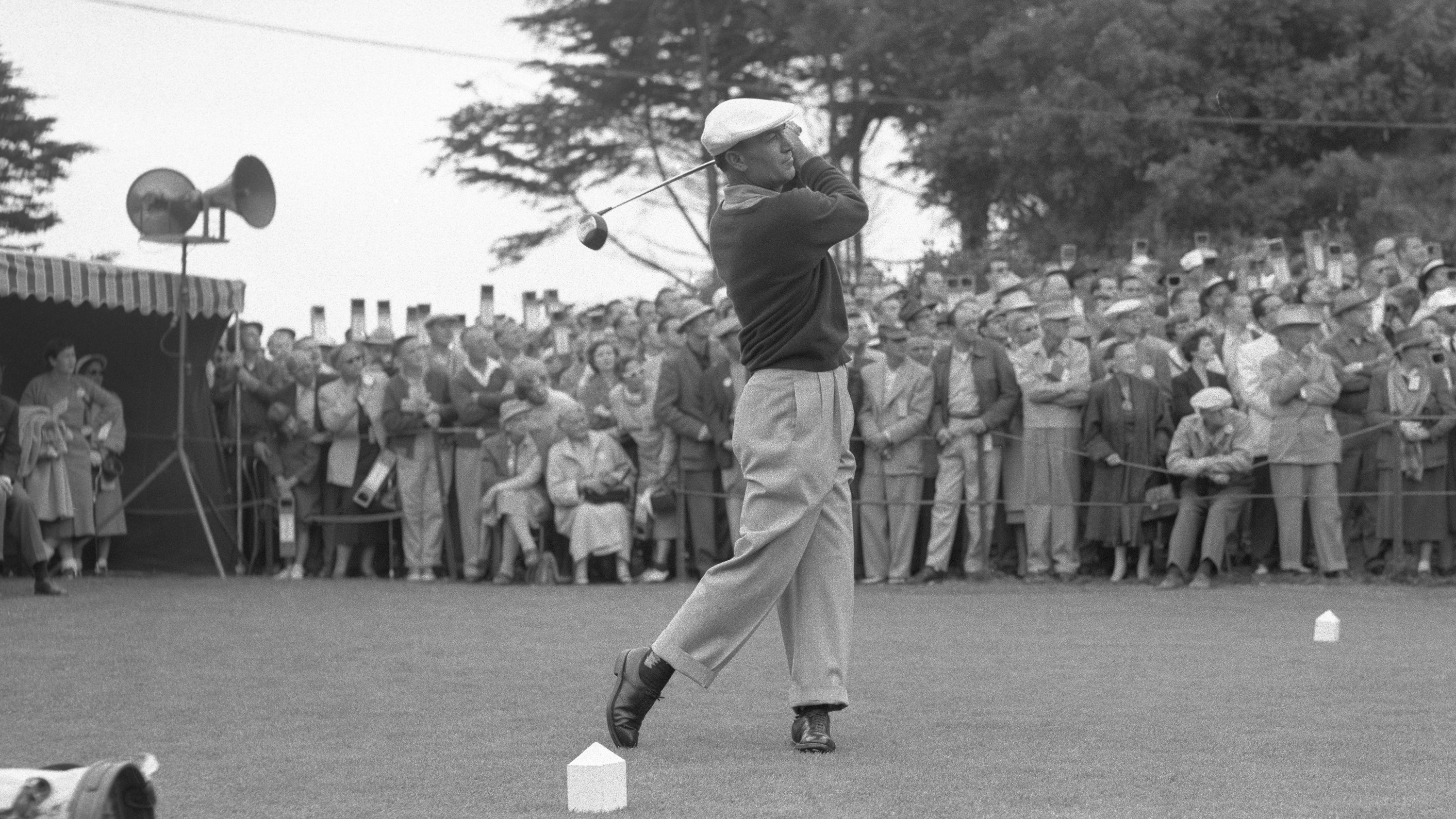 Quiz! How Much Do You Know About Ben Hogan?
Quiz! How Much Do You Know About Ben Hogan?Ben Hogan was one of the greatest golfers in the history of the game. He was a brilliant swinger of the club and is an icon of the sport. How much do you know about him? Test yourself here…
By Fergus Bisset Published
-
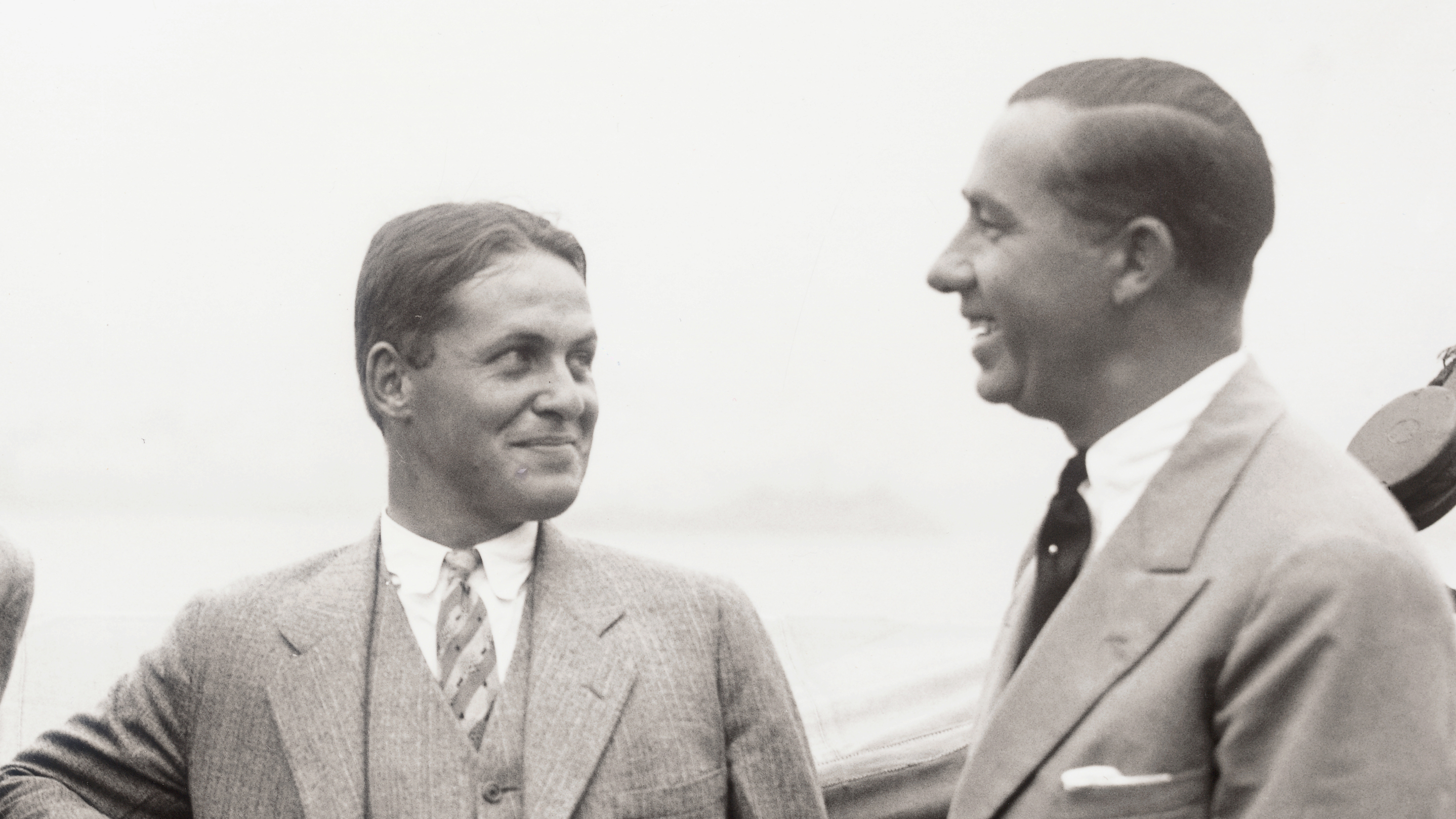 Quiz! Golf In The Roaring 20s – How Much Do You Know About Walter Hagen and Bobby Jones?
Quiz! Golf In The Roaring 20s – How Much Do You Know About Walter Hagen and Bobby Jones?Walter Hagen and Bobby Jones were the standout star golfers of the 1920s. How much do you know about their golfing careers? Test yourself with this quiz
By Fergus Bisset Published
-
 How Far Did Old Tom Morris Drive The Golf Ball?
How Far Did Old Tom Morris Drive The Golf Ball?Old Tom Morris became a golfing legend in the second half of the 19th century, but how far could he hit the golf ball?
By Fergus Bisset Published
-
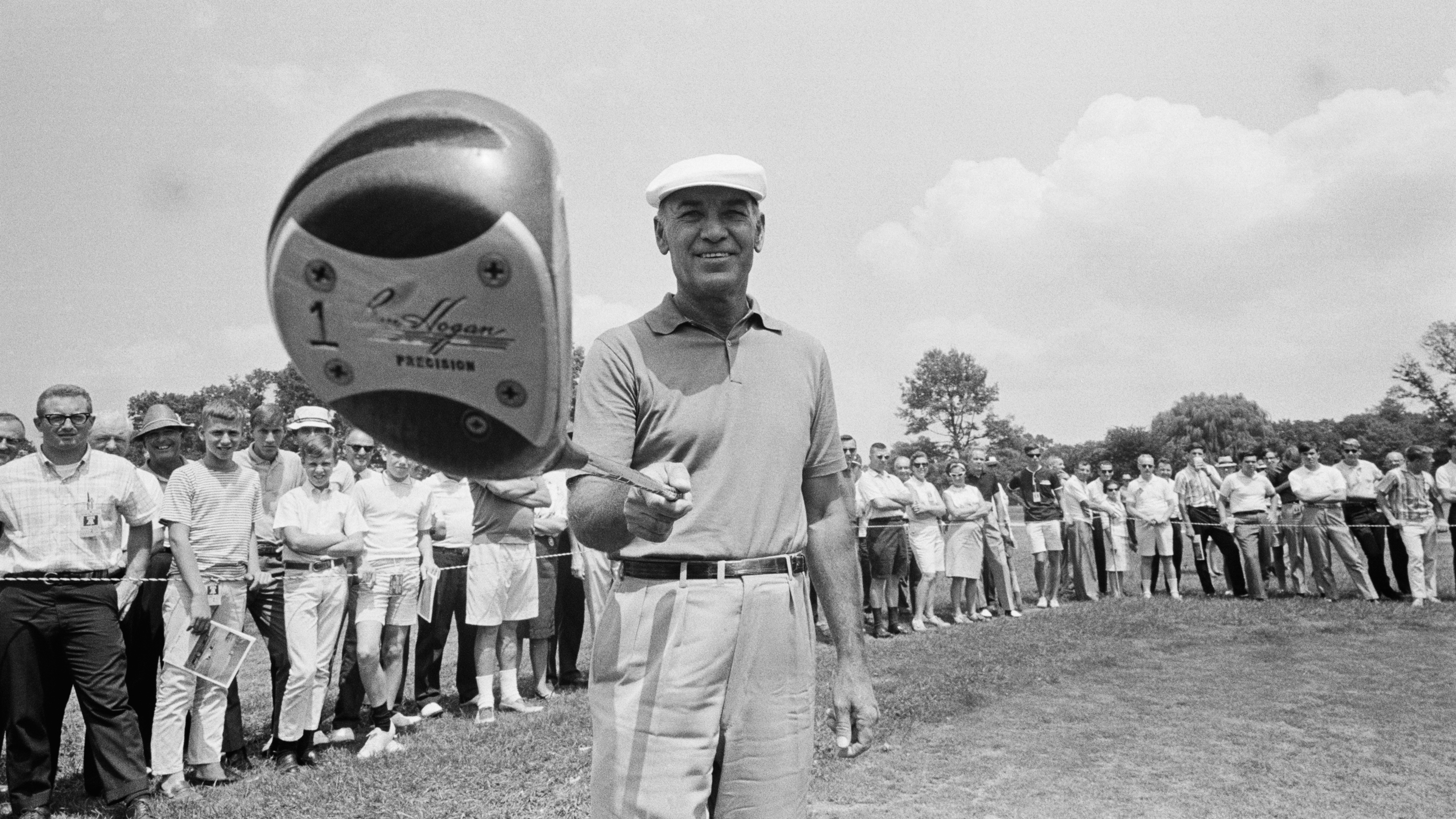 Injury, The Yips And No Form... How Ben Hogan Almost Pulled Off The Unthinkable In His Last Masters Appearance
Injury, The Yips And No Form... How Ben Hogan Almost Pulled Off The Unthinkable In His Last Masters AppearanceAt Augusta National in 1967, 54-year-old Ben Hogan rolled back the years with an incredible back nine of 30 in the third round of his final Masters
By Fergus Bisset Published
-
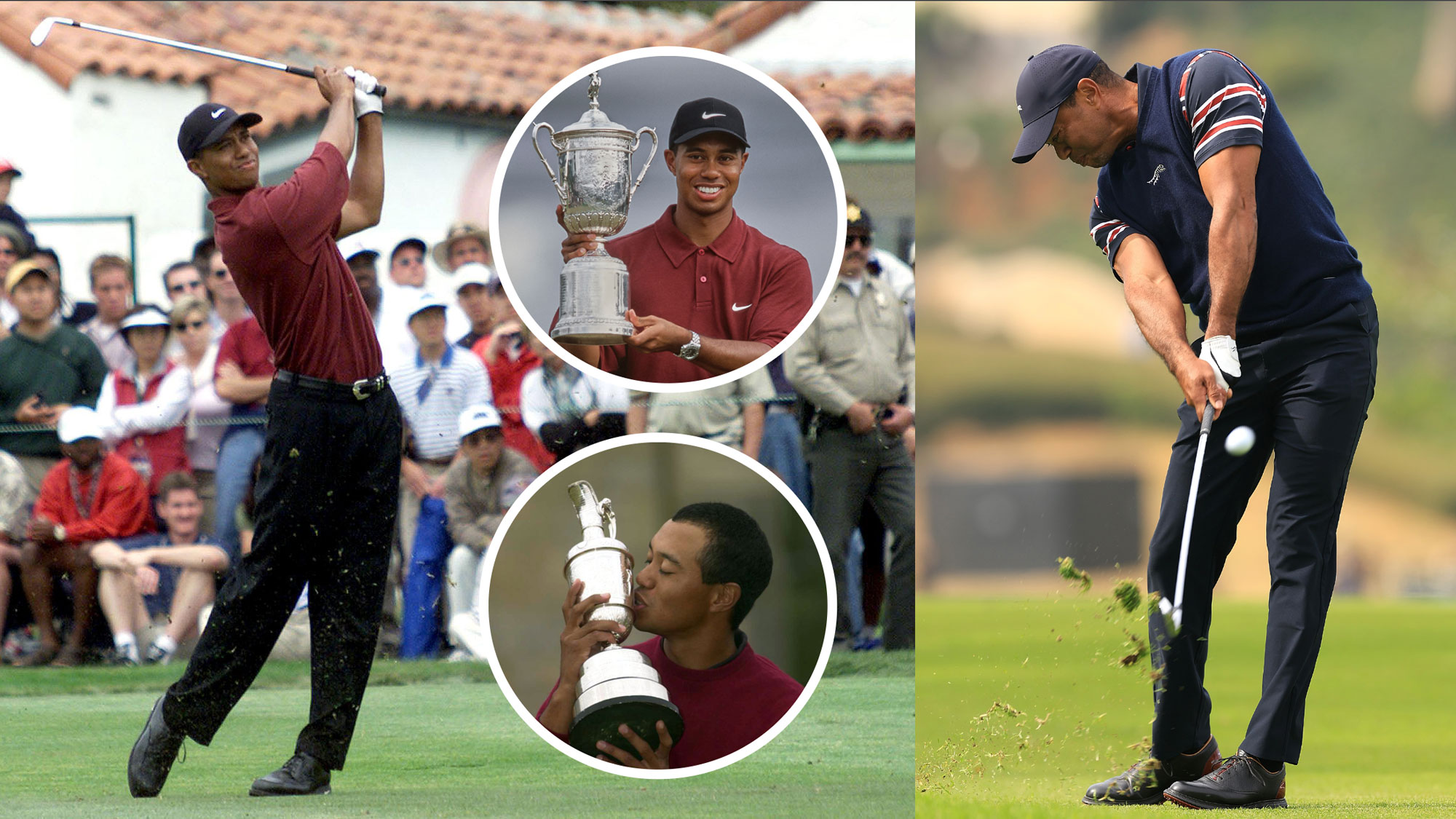 How Would The Unstoppable Tiger Woods Of 2000 Get On Against Today's Best Golfers? We've Crunched The Numbers To Find Out...
How Would The Unstoppable Tiger Woods Of 2000 Get On Against Today's Best Golfers? We've Crunched The Numbers To Find Out...In 2000, Tiger Woods played golf that seemed, and was at times, out of this world. Was it the best anyone has ever played? How would it compare to the best of today?
By Fergus Bisset Published
-
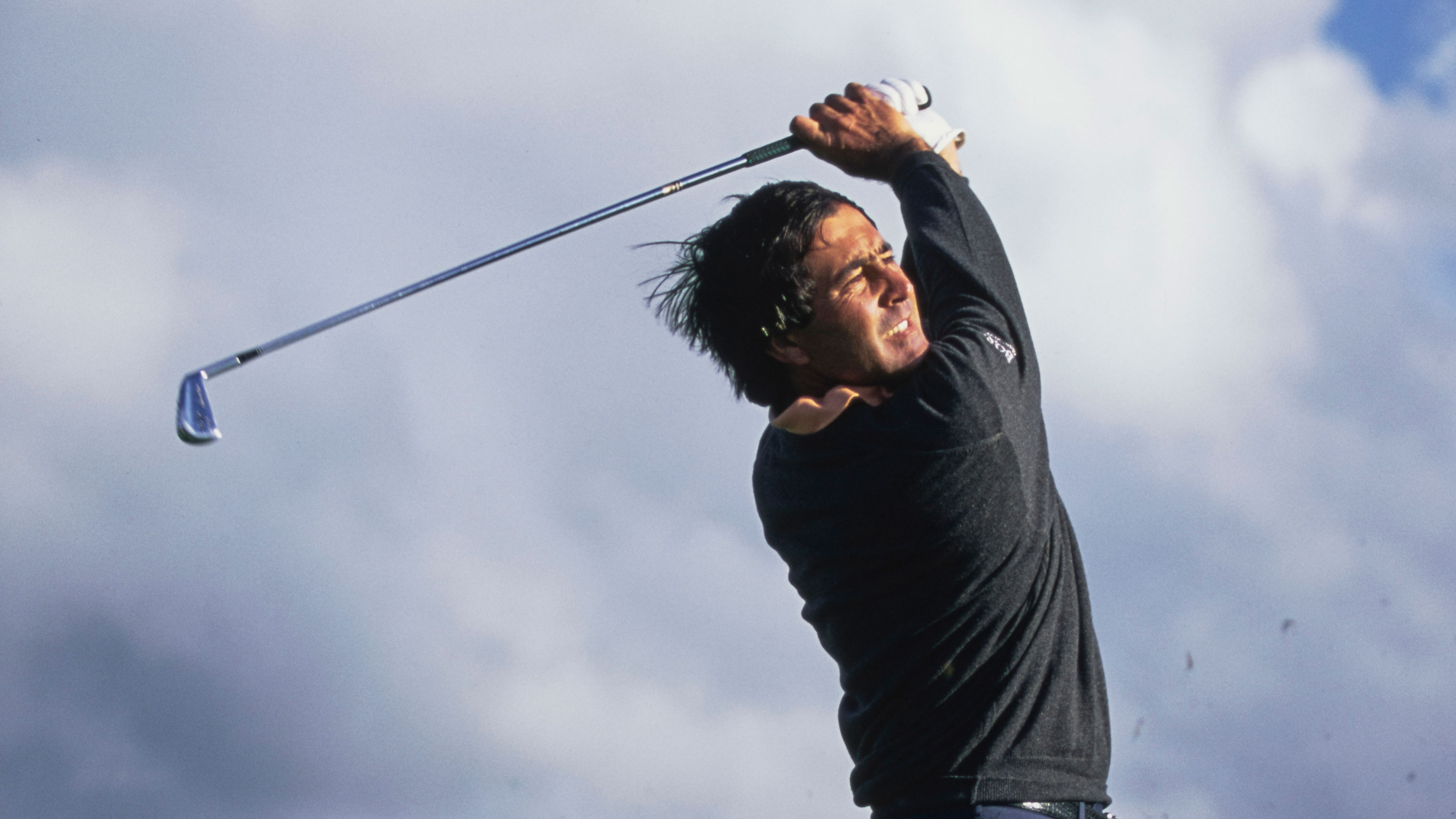 Seve Or Arnie, Who Did More For The Modern Pro Game?
Seve Or Arnie, Who Did More For The Modern Pro Game?Both men were inspirational, and both played a key role in the development of the professional game during the second half of the 20th century.
By Fergus Bisset Published
-
 It Only Took 19 Play-Off Holes... The Amazing Story of Hale Irwin's Record-Breaking 1990 US Open Win
It Only Took 19 Play-Off Holes... The Amazing Story of Hale Irwin's Record-Breaking 1990 US Open WinHale Irwin came through a play-off to become the oldest ever US Open winner in an unlikely and highly memorable contest at Medinah
By Fergus Bisset Published
-
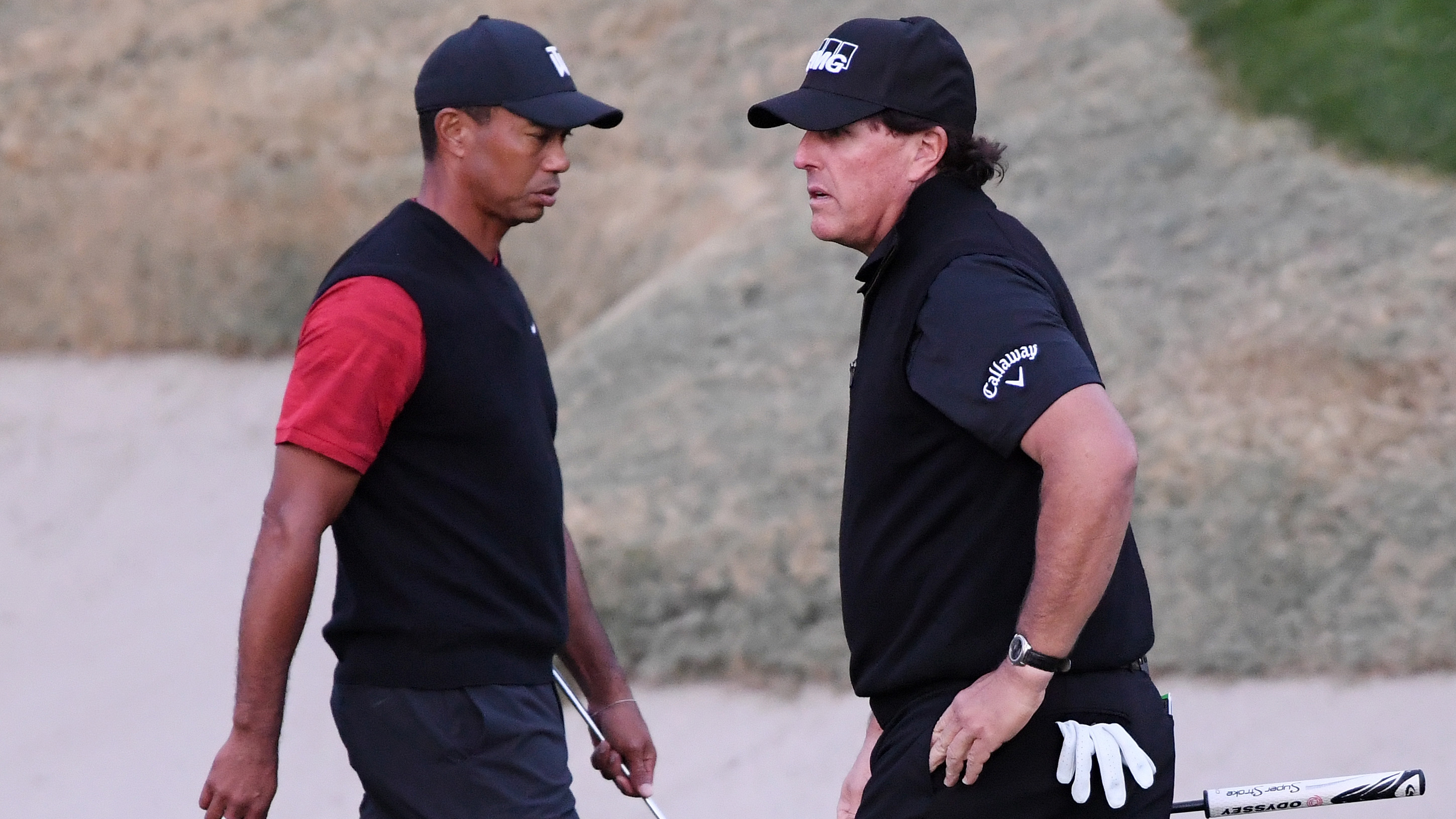 Woods Vs Mickelson – The Numbers Behind One Of Golf’s Great Rivalries
Woods Vs Mickelson – The Numbers Behind One Of Golf’s Great RivalriesWe take a look at the careers of two legends from the last 35 years of golf and compare some of the numbers behind their success.
By Fergus Bisset Published